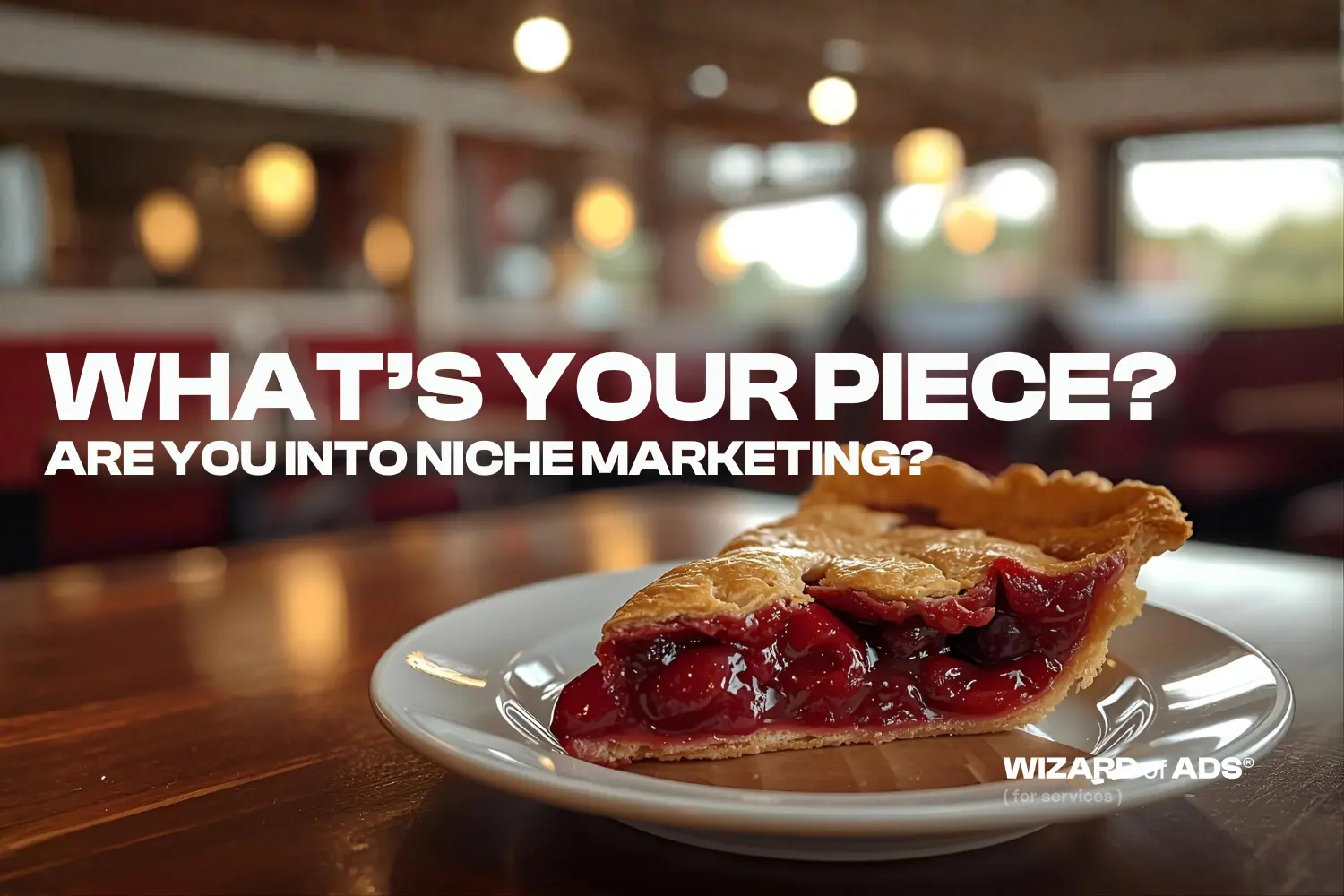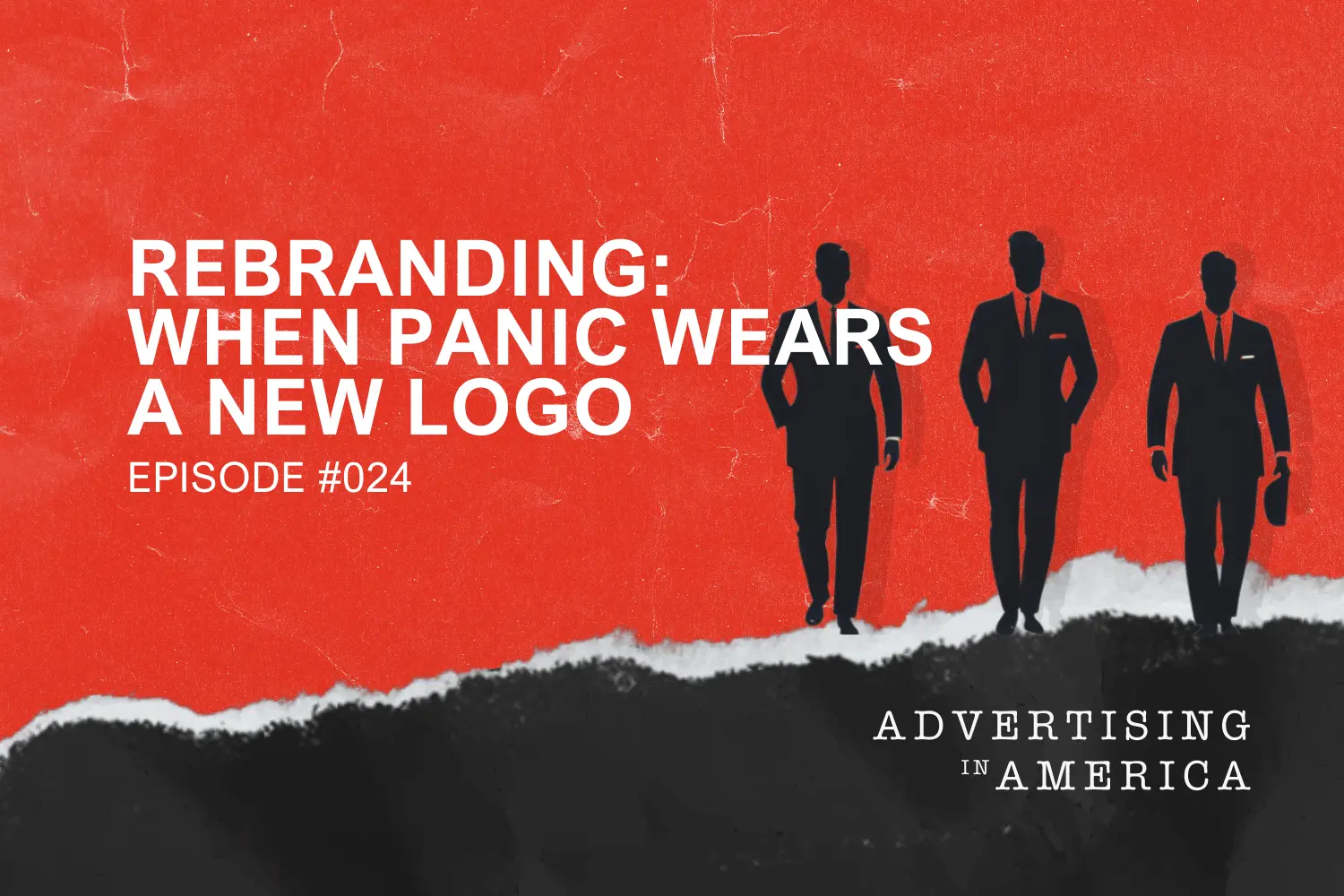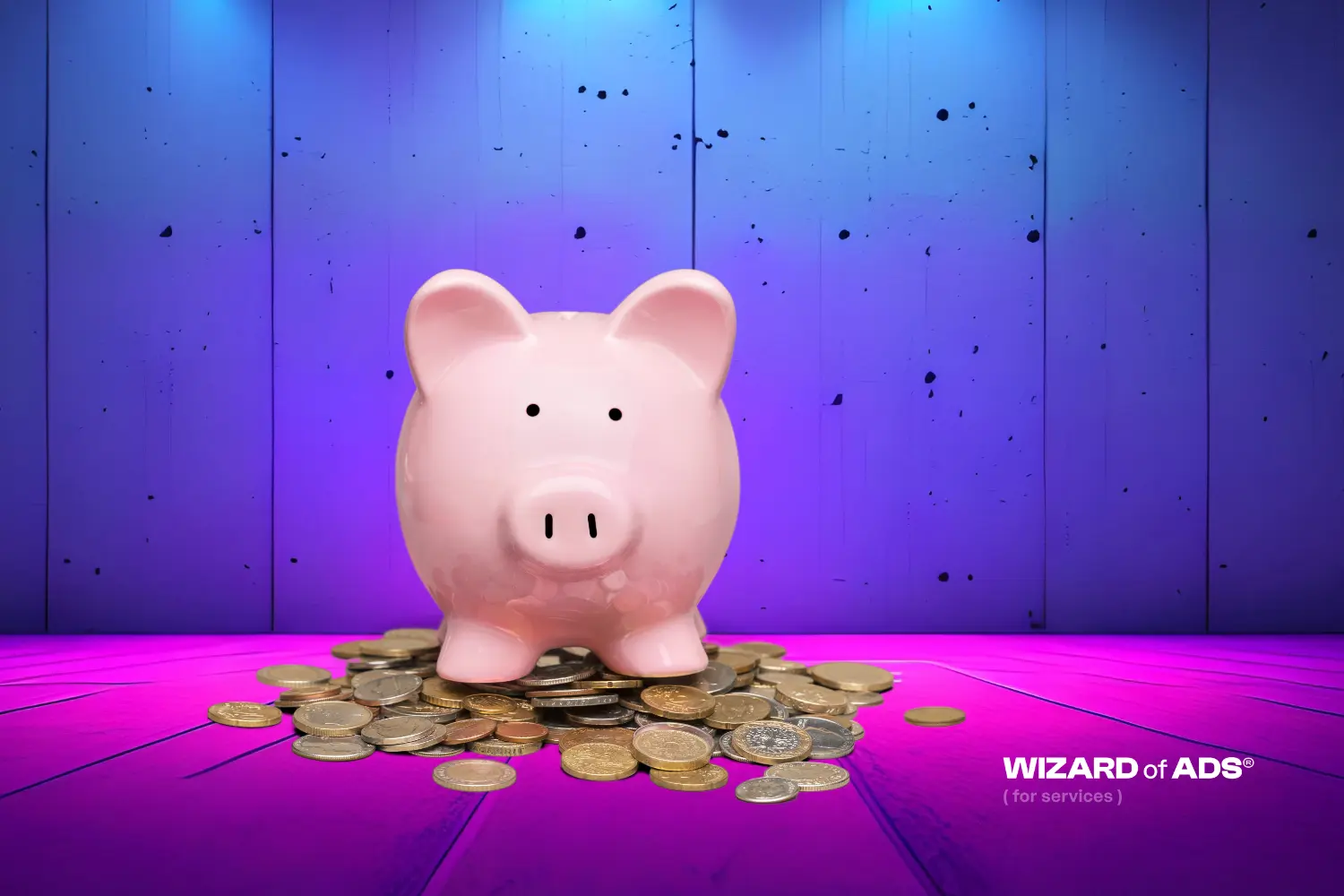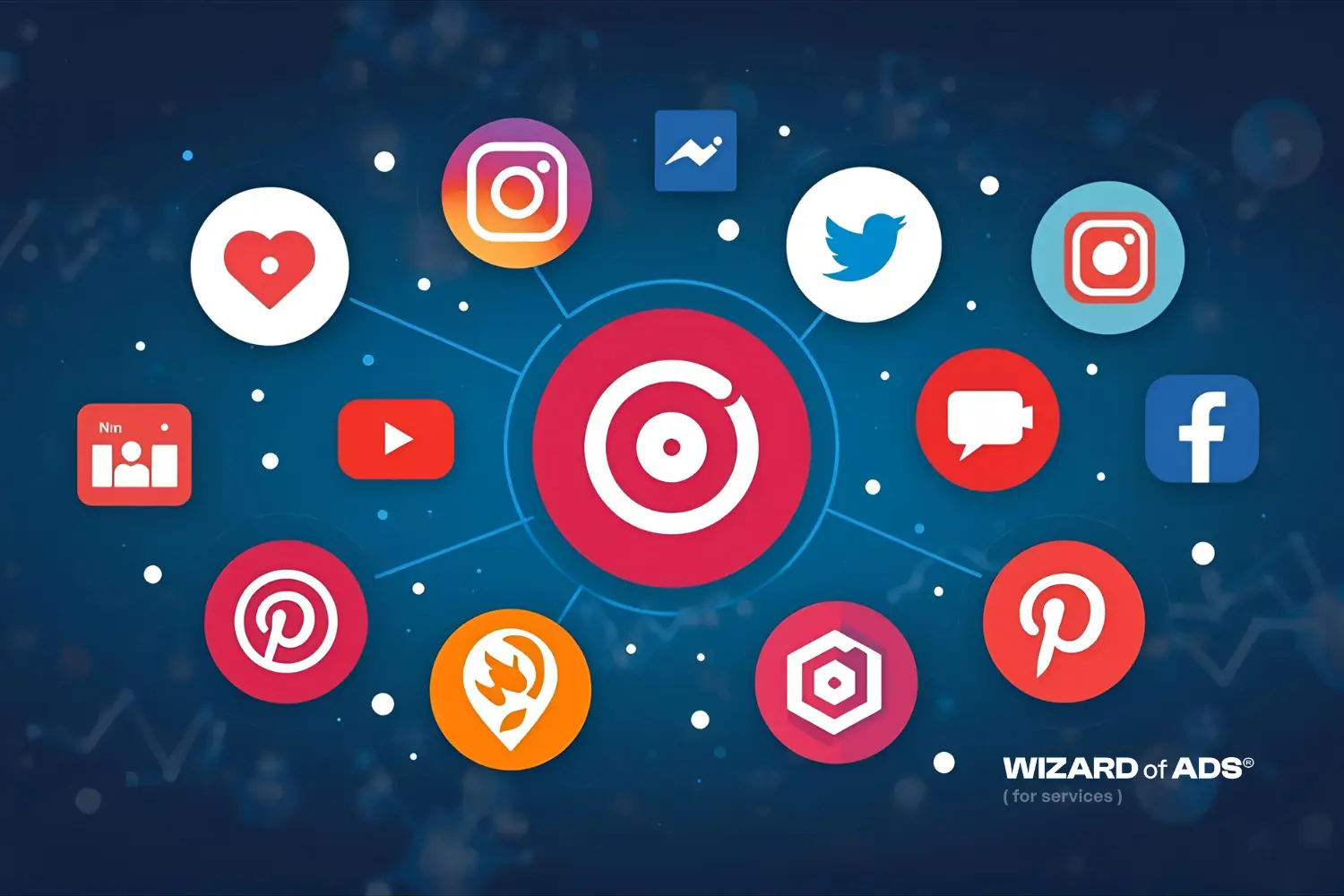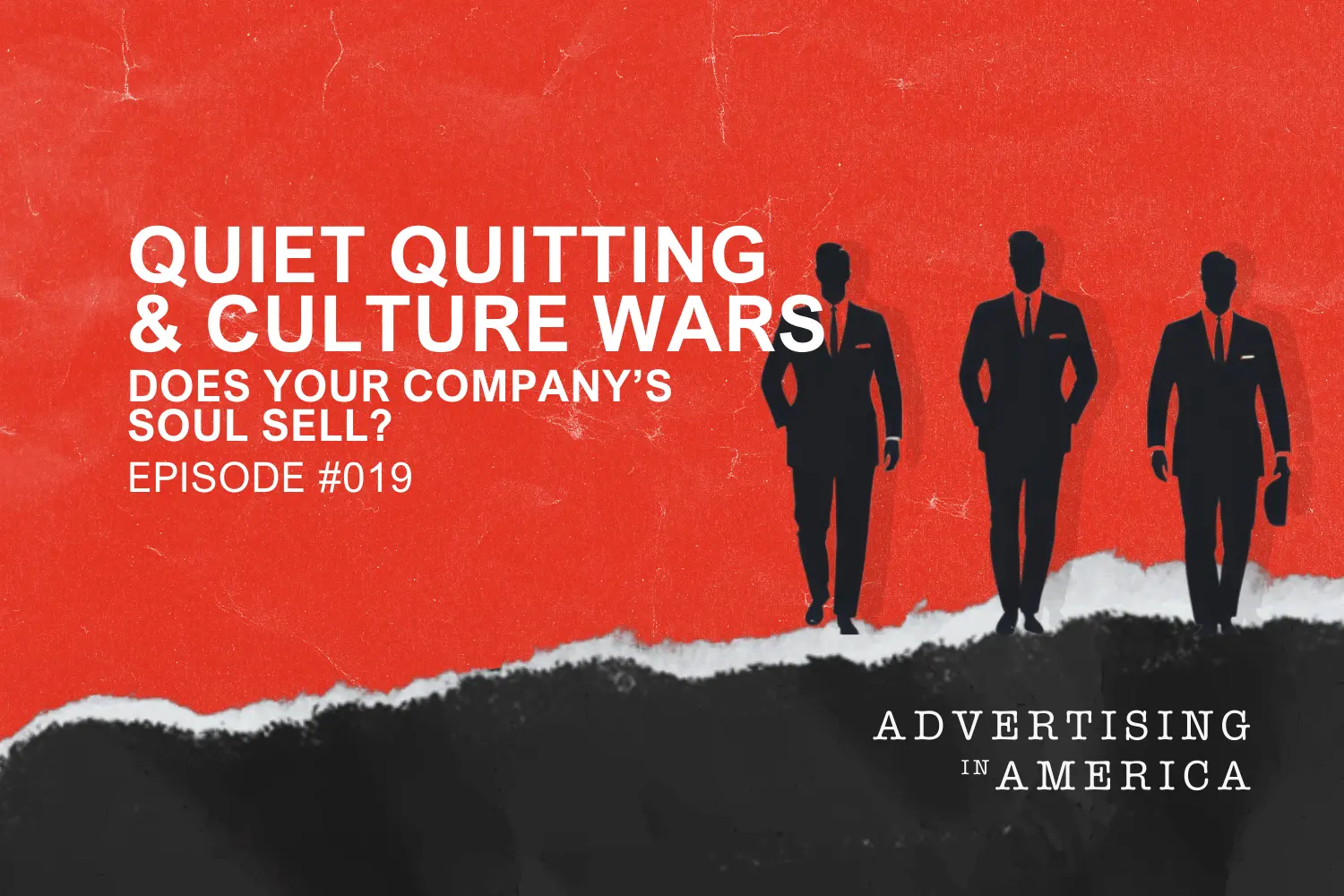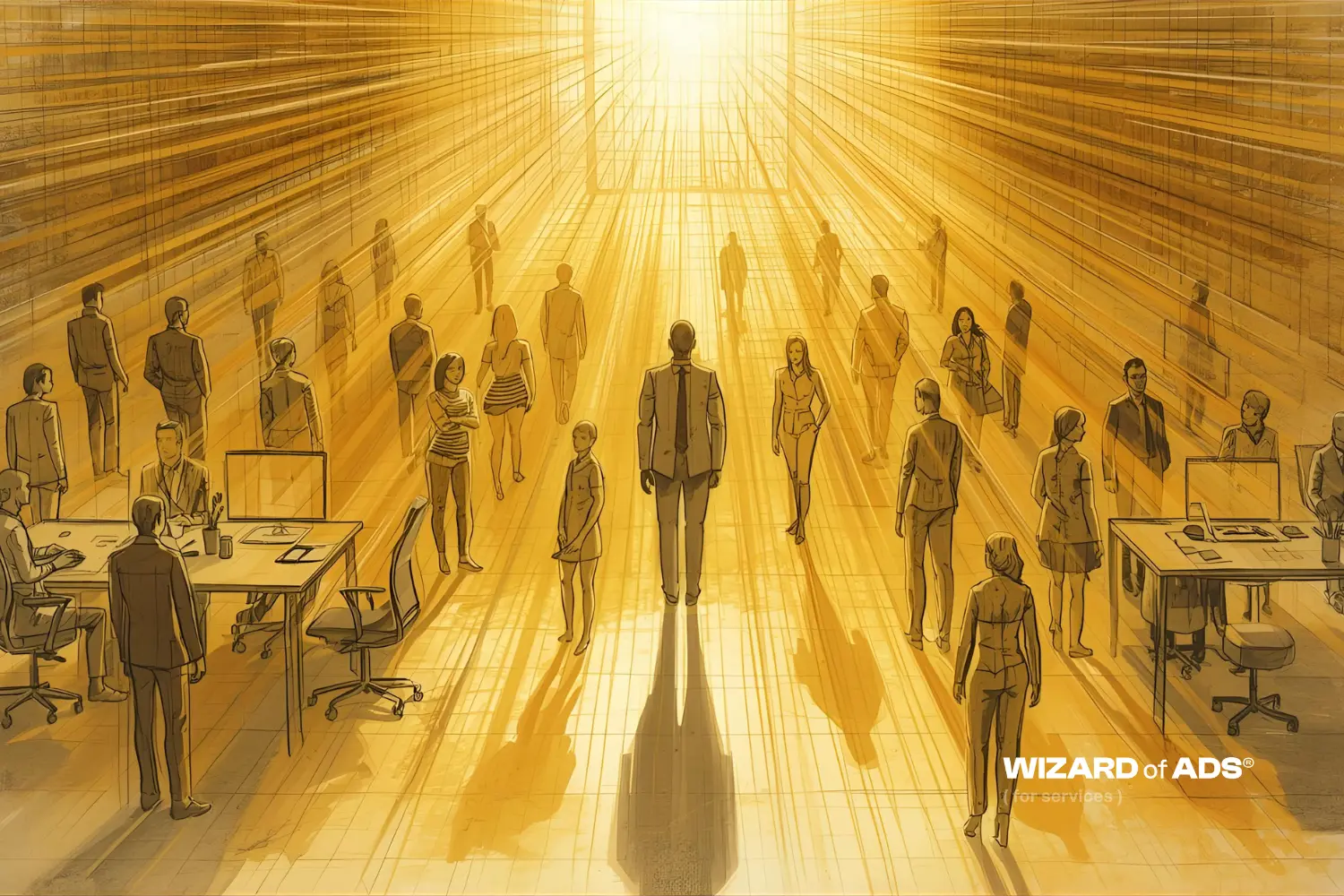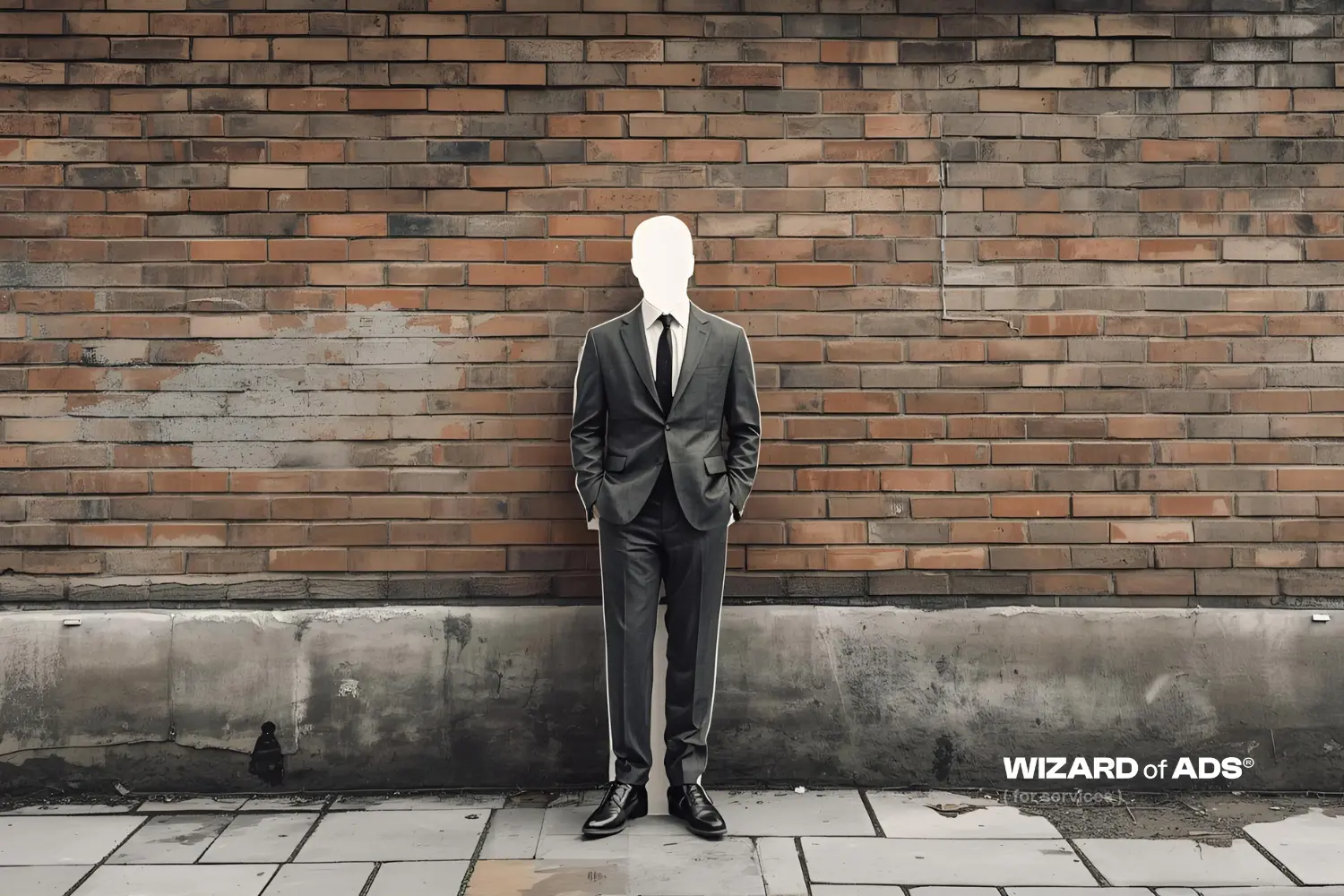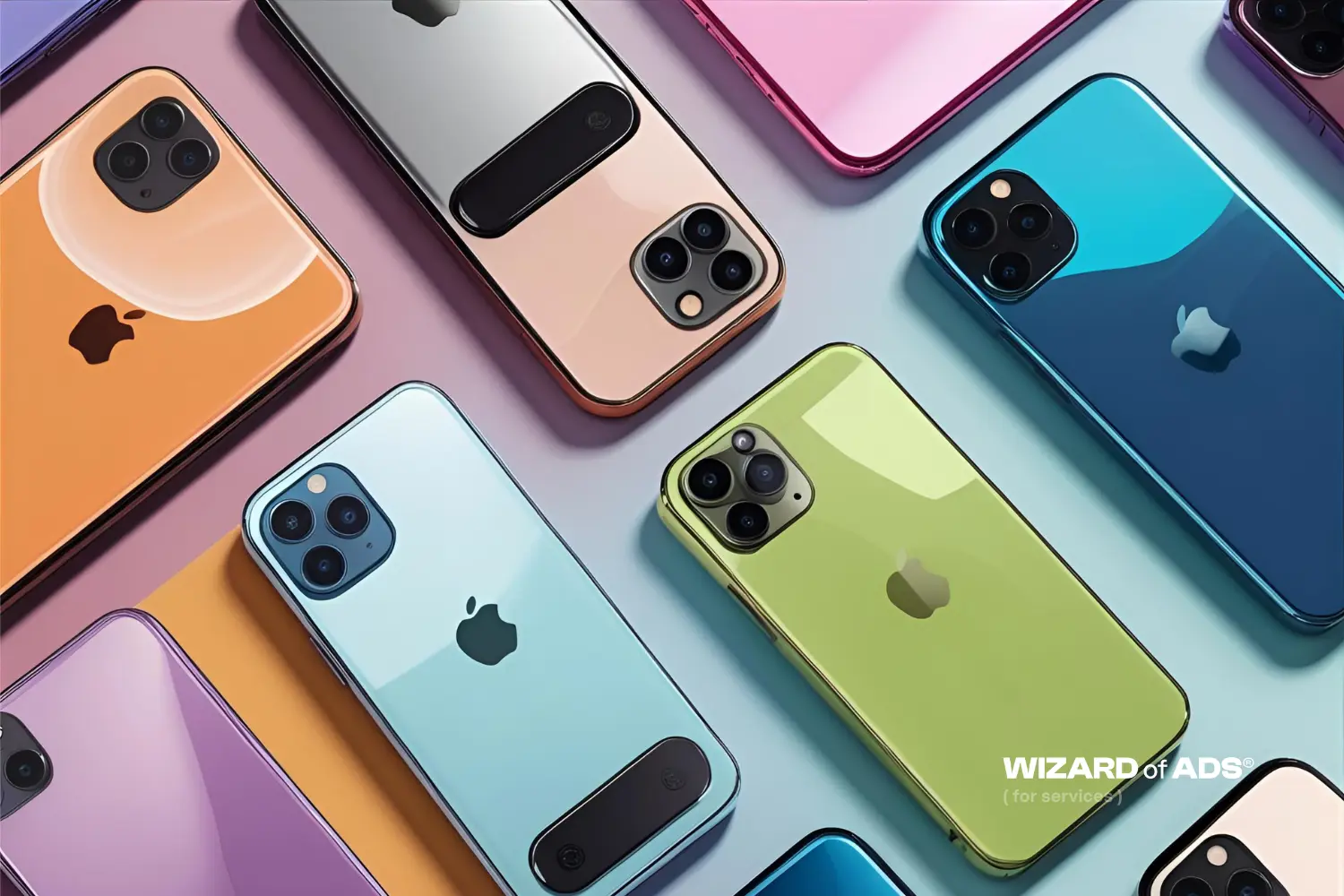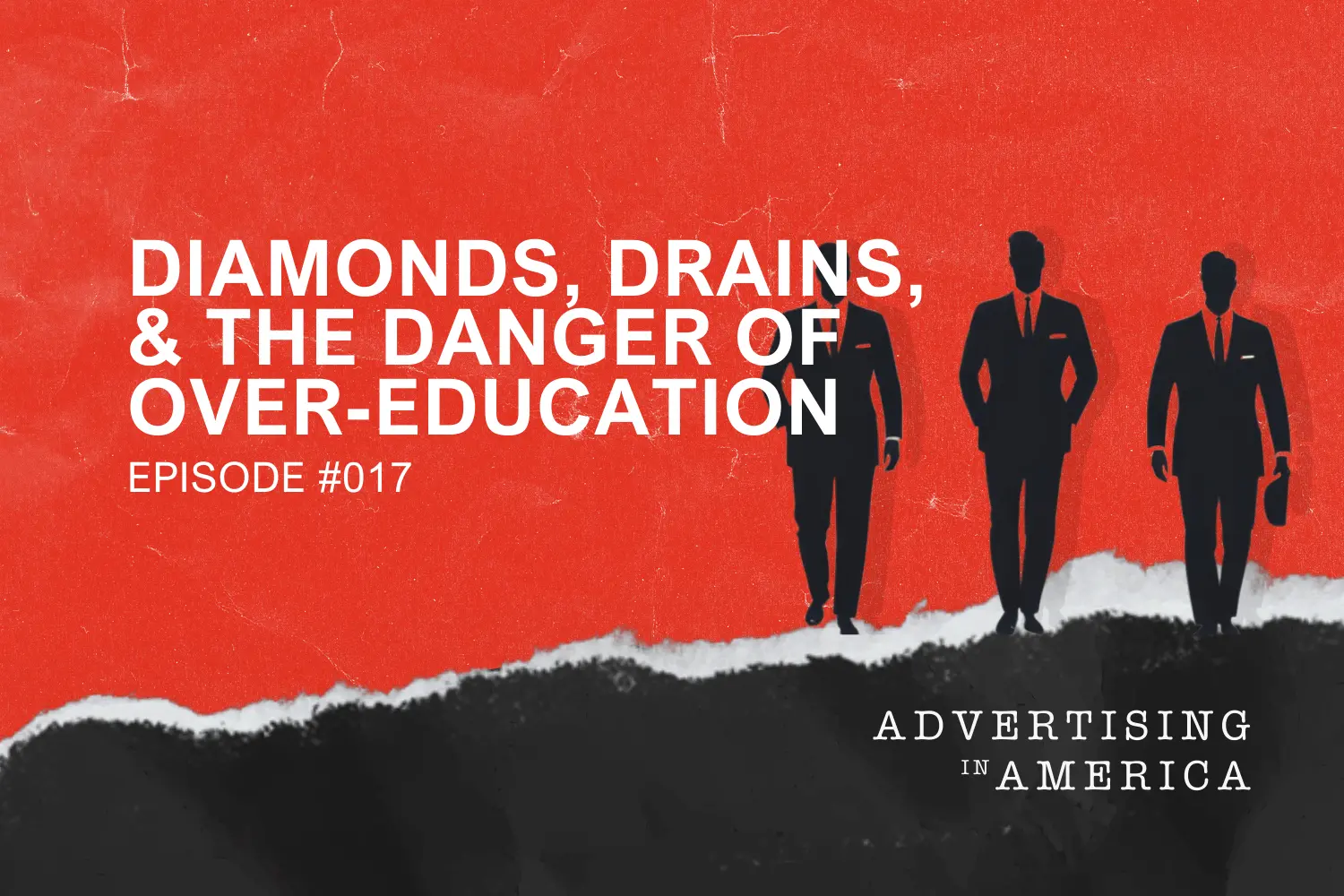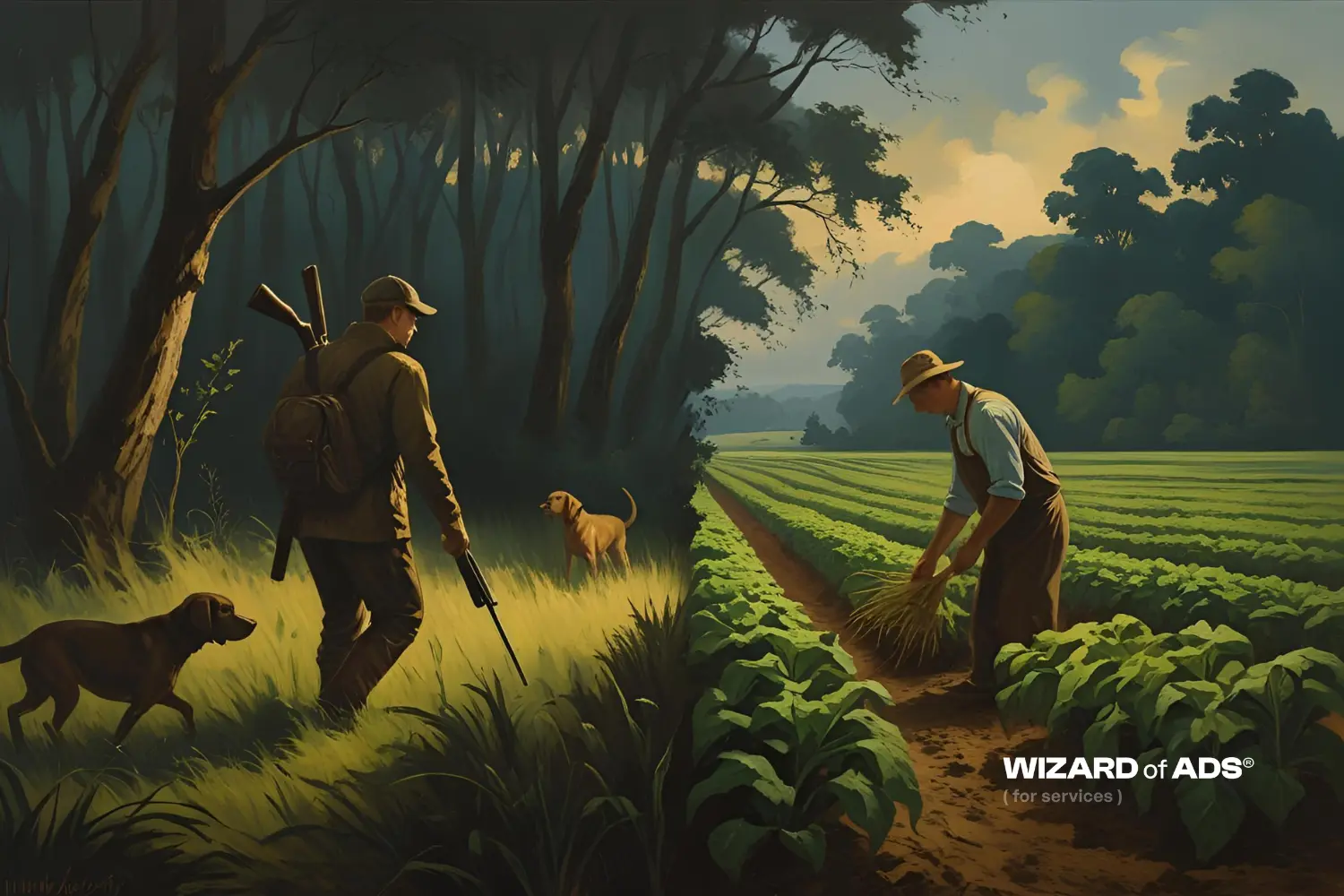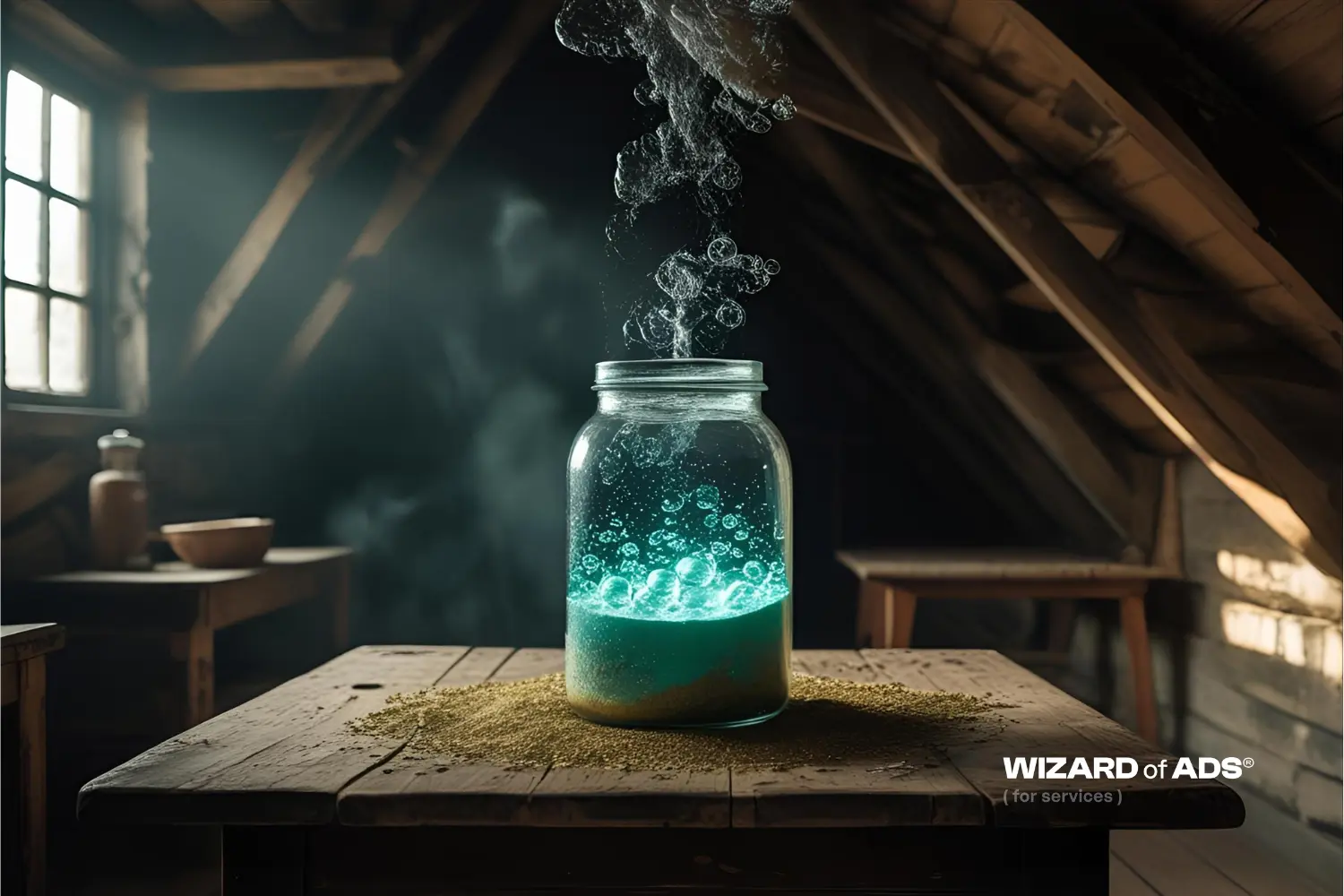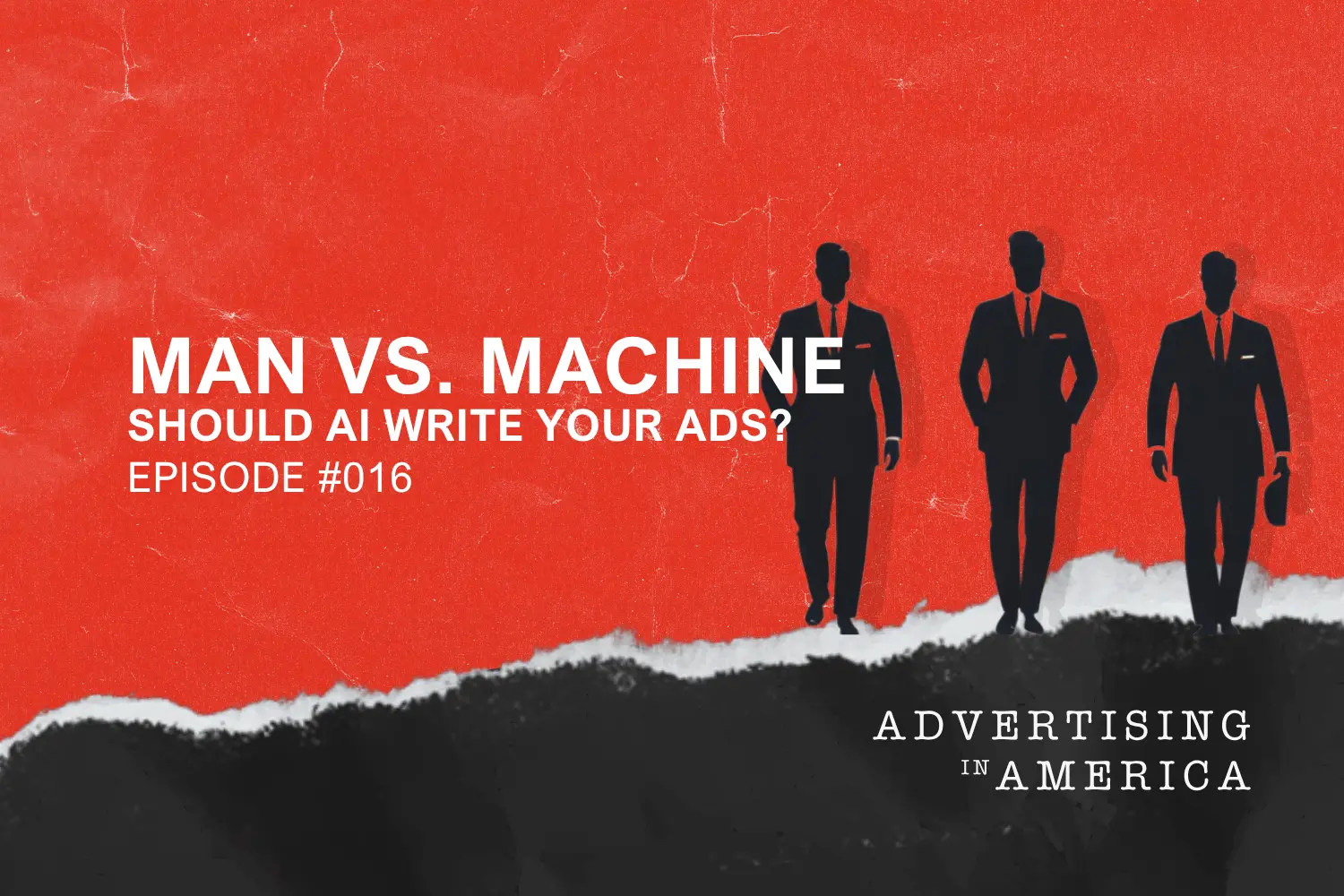
Introduction From The Host
So today, our guest speaker is going to be Matt Willis. Matt is a coach at heart, not of sports, but of psychology, of what drives us and what holds us back. The past ten years, he’s been coaching executives on how to approach their market based on consumer psychology and how to and how to leverage software to assist. After getting burnt out of the bureaucracy of working with Fortune 500 brands, he’s now returned to his roots of working with business owners looking to take on Goliath. He coaches business owners while leading a team of 75 partners to craft marketing strategies that tell his clients stories and lead consumers to fall in love with their brands.
And that means more sales, better recruitment, loyal customers.
And everybody would welcome Matt Willis.
….
The Presentation: The Art and Science of Winning Customer’s Hearts
What is a brand?
Anyone can create a company for $129, ten minutes and a computer.
But what is a brand?
Isn’t there something about the word brand that just means something more than a company?
Maybe it’s because we oftentimes associate it with household brand or name brand or designer brand.
To be a brand requires having a customer base that cares deeply about your company.
And isn’t that what we all want as human beings?
These people to care deeply about us.
And the fortunate thing for those in that position to run businesses who have become brands is they have an entire legion of customers who are singing their praises and recommending them to their friends and family.
By exploring the parallels between what we long for as humans and what we are required to build a successful business.
It’s a journey that we will begin today, but hopefully continue long into the future.
What your brand needs to grow is the same things that we as humans desperately long for.
“In the absence of an emotional connection, people always choose the lowest price.” Do you have competitors in this market?
A couple?
A few?
What about Amazon if you’re in the retail or e-commerce space?
They’ve commoditized pretty much all product sales nationwide.
So I will repeat, “In the absence of an emotional connection, people always choose the cheapest price.” Today, we’ll be unpacking the psychology of how to be the one potential customers think of first and think of best when they’re ready for what you.
What you sell so that you can build your business and marketing on human nature and not the fads of the marketing world.
So to start out, we’re going to talk about marketing strategy.
And I’m going to start by redefining the word marketing.
A week ago, I was talking to someone who, when I asked, what are you doing for marketing?
They said, Oh, I have a marketing guy.
He’s at a print shop.
I tell him kind of what I want, put on the flyers and he puts together the flyers, prints them out for me.
That’s not a marketing strategy for context.
So I’m going to redefine marketing for you.
Marketing is any interaction your brand has with clients.
Marketing, first and foremost is a reflection of your company culture.
So, should your company, if it’s an e-commerce business, create a brick and mortar.
That’s marketing.
Should a brick and mortar company go online? That’s marketing.
What do your customer service people say when they answer the phone? That’s marketing.
What you sell, the lighting in your store, your in app experience and your return policy.
It’s all part of a holistic picture of what potential customers are perceiving your company to be any time they engage with you.
It’s not just the marketing material.
That is what led David Packard of Hewlett Packard to say, and I quote, “Marketing is too important to be left to the marketing department.”
He was not knocking marketing departments.
There is a very big need for marketing departments.
Obviously what he was saying is the concept of how we understand our customers’ engagement with our brands, with our products, with our people spans far beyond.
Just the collateral that we make for outreach to new potential customers.
So let’s talk about three different levels of marketing, if you will.
So on the bottom is tasks, marketing tasks. Think what are you posting on social media today? That would be a task. Tasks typically are things that you would say outsource to an intern. Then there’s tactics that’s more high level. What social media channels are we leveraging just to stay on the social media avenue? And then there’s marketing strategy, which is company holistic. That’s going to encompass every aspect of who you are as a business and conveying who you as a business authentically are.
See marketing strategy is about repositioning your entire company around its authentic character and connecting with prospective clients with shared values in the most effective and efficient way.
Think of it like, okay, if you create a dating profile and let’s say you trim off, say 50 pounds at about 20 pounds back of muscle, add some hair back and you post that as a dating profile. Will you get initial engagement? Probably. Will you have a customer or a lifelong customer? No, but that’s so often what we do when we post these aspirational values on our website. It’s things that we hope for and are working toward. But what it does is it actually leaves a bad taste in our customers mouths if we say we have exceptional customer service. What happens if your technician is five minutes late showing up to their house? What happens if you have a 90 day return policy and someone shows up at 92 days with a return? You may think it’s not a big deal, but you can’t control the perception of your customer. So if you’re setting that bar incredibly high. You’re setting yourself up for failure in your attempt to generate new leads. And it’s going to end up just the same way as if you create a fake dating profile. So talking about values, there’s a broad market out there from budget friendly to luxury and pretty much any category out there. You don’t have to pretend that you are the best out there.
A great example of this.
Back in late 1980s, a guy by the name of Tom Bodett came in to try to turn Motel 6 around. They were on the verge of bankruptcy. And he didn’t go out there saying, hey, we have we’re promising these Egyptian cotton sheets luxury like never before. No, he embraced who his target customer was and what their strengths were and said, we are the most affordable and comfortable place for a clean night’s sleep. And Motel 6 began taking off. Embrace who you are and find people that have aligned values. Do not pretend that you are who you are not.
Also don’t assume that just because someone bought from you once means that they’re a customer. If you calculate your revenue growth or your business growth based on, hey, I have 850 customers, okay? How many of them have purchased from you in the last year? In the last month? You’re probably not capturing all of the revenue that they are allocating to whatever it is that you are selling. But if you have a metric based on, hey, once a customer, always a customer, you’re not going to know that.
I saw a comic not long ago where it was this lady, you know, on a beach, a comic strip, and this guy starts cozying up next to her and he’s like, I’m so glad we have such a great relationship. She responds, What relationship?
But so often we have that perception as business owners of yes, we landed a new customer and it’s like, okay, awesome that you got the initial sale.
What are you doing to maintain that relationship again? And we’ll get more into maintaining a relationship. But whether it’s romantic or personal relationships or whether it’s business relationships with your clients, just because they bought once does not mean that they are your customer forever. So this is going to be relevant what we’re discussing today for both potential as well as current customers.
To be honest, most business owners are too close to the action to create their own effective marketing strategy. As the saying goes, it’s hard to read the label if you’re inside the bottle.
As business owners, we can become so familiar with our product, with the space, with the interesting nuances of what we offer that we forget the very problems that our customers are coming to our business to solve. Maybe we’re great operators, but do we understand the emotional impact that our product or service has on our clients? Do we understand how to connect with them on a heart level, not just a head level? We’ll get more into psychology as we get further into the conversation, but we have a left hemisphere and a right hemisphere of our brain. The left hemisphere is very logic driven. It’s numbers, it’s data, it’s analysis. On the right, that’s where dreams and ambitions, that’s where art and creativity comes from. Even the most analytical people out there. The best way to get into their heart is through the right side of the brain. If we begin presenting ourselves as these are all the problems we will solve and we address it directly, it’s not going to work. It’s a waste of time and money. Again, we’ll get more into that.
But as we get started, it is important to know that it is impossible to effectively and successfully market create a marketing strategy for a bad product or company. You cannot outrun and you cannot out advertise a bad reputation.
This is part of why we turn away over 50% of the clients that reach out to us or the companies that reach out to us because there’s so much, you know, as I mentioned from inside the bottle, you can feel like we have a great product, we have a great product offering, but is there actually a market fit? Is this actually solving a problem Marketing doesn’t solve all problems.
So I’m going to give like 30 seconds by way of application.
If you have something to write with, including a phone, you can pull it out.
The question is, do I have a marketing strategy or just tactics or tasks?
So we’re going to move on to creative writing, which in a relationship that’s the communication.
How do you have a relationship with anyone, whether a significant other, a personal friend without communication? Writing and communication is pretty much everything and permeates again. Think top level marketing strategy. The words that you use in your marketing as a whole for your business matter. It’s not just about having your logo colors that align throughout everything. It’s about having words that connect, words that convey emotion, words that are going to remain consistent throughout all of your marketing material, including your website.
Let’s start out with a couple of things not to do, and I will explain why.
Many business owners copy their competition. I need marketing, I need to grow my business so I’ll do what they’re doing. What’s the problem with that? What is the purpose of marketing? Standing out. Conveying the value you’ll contribute. Now, if you’re doing what other people in your industry are doing, then you’re not standing out. You’re blending in. And sure, you can use the same media channels as your competition does, as long as you have a different twist or different spin on it. But so often I see the same exact type of language in the same exact kind of channels. And it’s like, okay, you’re saying you’re getting the industry standard of 2% conversion rate. I know people that are getting 8 or 12. Just because it’s industry standard doesn’t mean it should be acceptable. But if you’re following the competition, yeah, you can kind of bank on getting average or sub average results. So do not follow your competition blindly.
Secondly, playbooks. Google has a playbook and there are other playbooks out there. I am a fan of Google. I am a fan of digital marketing. However. Google. More than a search engine is a marketing company. So by taking marketing advice exclusively from Google. That’s like taking nutrition advice from Budweiser or Captain Crunch. Again, they have good things to offer. I recommend almost all of my clients use Google. However, that should not be what you take blindly as the best marketing advice of the century.
Next unsubstantiated claims.
All the time I hear this, whether it’s radio, whether it’s TV. We offer the best. What is it? Quality, prices, guarantees, customer service. Again, going back to the previous comment. It’s unsubstantiated, which means people have been taking advantage of. Which means no one’s going to believe you. And even if they did believe you, as soon as you fall short, even the slightest amount, all of a sudden you’re not living up to expectations. If we want customers to refer us to other people, we need to exceed their expectations, not come in under their expectations, no matter where that threshold is. Do not resort to unsubstantiated claims.
This one is going to be multifaceted, but do not talk primarily about your company. No one cares. Just to be real. Talking too much about your company comes across as desperate. There used to be this thought in MBA programs many years ago that any time that you advertise, you should always say your company name three times and either your web address or phone number twice. Why? So that they would remember you so that your name would be top of mind for them. How does that come across to the average listener? A potential customer.
“Don’t forget me, please. Please don’t forget me.”
It’s like, what value are you contributing to the person who is listening, if they’re even listening at all? You’re just literally begging for their attention with your marketing and it does not come off well. Most ads stink of “think of me. Please don’t forget me.”
And along the same lines, please stop saying please “like us on Facebook,” Instagram. I don’t care. It’s the same thing. It’s a plea for desperation. It’s “I can’t get my followers or my likes up as much as I would like. So instead of contributing enough value for my customers to recommend their friends, i.e. you, to come and like my social media page, I’m just going to ask you directly, even though I’m not actually contributing any value,” Again, it’s stinks of desperation.
Going back to the goal of marketing. The goal of marketing or advertising is to become meaningful and memorable. It’s not just about getting your name out there. It’s not just about promoting your business. It’s about building a connection. Like when you go to a store or a chamber event and you meet someone and there’s that connection. You’re like, I actually really want to grab coffee with that person. That’s what marketing is supposed to be. We meet a lot of people at these kind of events. Most of them we’ll never follow up with, or at least not until we have the next opportunity to. It’s that intimate connection that leads us wanting more, wants us to pursue further conversation with that business.
Most businesses use the list that I just gave you of what not to do. First off, does it make sense in that context why we don’t do those things? Okay, here’s your advantage. As you have probably noticed, most businesses, not only in this area, but most places, this is their playbook. It’s a playbook of desperation instead of a playbook of desire to connect with their customers in the language of the customers. And that’s exactly what we’re going to be talking about today.
Bad marketing is about the business.
Okay. I don’t know if you guys have seen this movie. It came out a while ago. It’s called Beauty and the Beast. There’s this person in it. His name is Gaston. Now, the song will attest to this man being the quintessential man. Everything that you can imagine in the man of your dreams. And up until ten minutes before the end of the film. He really doesn’t have any flaws, at least to my recollection when I saw it 20 years ago. Why do we despise him before the last ten minutes. Why do we just like apart from his song? His song is catchy, but what about his personality drives us up the wall?
He is self-obsessed and talks about no one but himself. Now, most of our customers, when they hear our brands, whether it’s on the TV or the radio or they see our billboards or they see our marketing emails, aren’t we doing the exact same thing? Look at me. How great am I? You should come and talk to me. It’s free. I assure you. There’s no strings attached. But it’s all about me, me, me, me. We’re just like Gaston.
And spoiler alert for anyone who hasn’t seen Beauty and the Beast, Gaston does not get the girl and if you market yourself like Gaston does, you won’t get the client.
Bad marketing is about the business.
The best marketing takes the prospective customer by the hand looks them in the eye and tenderly conveys that they know the difficulties they are going through and will make everything better. You see that emotional connection there? And I’ll give you an actual example of an ad that just does just that in just a few minutes. But this connection must be subtle.
By the same token, if you go up to a person and propose the first time you ever meet them, it’s not going to go over well. Most of the time. It’s a subtle and indirect approach in how you build that relationship, ultimately leading to them wanting to do business with you. Please remember.
If you take nothing else away from this, please remember your customers are not paying attention to you. They have 46,000 things going on in their day, and most companies therefore resort to either one of two things. Either one, they assume that that’s not the case and that they’re waiting with bated breath for. When you come out with a new email campaign or a new ad or a new whatever marketing channel you’re going about. And that’s pretty close to worthless. It’s a waste of time. It’s a waste of money because they’re not going to see it. Or unless you do something and we’ll get into that or option two and we see this a little bit less now, but you freak them out.
Imagine this. You’re driving down the freeway and an ad comes on the radio with screeching car tires at the outset. Now, does it get your attention? Absolutely. But it leaves you with a really bad taste in your mouth. Or the Super Bowl ad a few years back when it had roaches running across the screen. That gets your attention. But again, a bad taste in your mouth. Which if our goal is not only to capture the attention, but to become meaningful to our potential clients, that’s not a good way either.
So what we’re going to do is talk about how do we actually get the attention of our potential customers. And once we get the attention, how do we win that relationship? Your messaging will have no impact unless it is more interesting than what is going on in your prospect’s mind. I’ll say that again. Your messaging won’t have an impact unless it is more interesting than what is going on in your prospect’s mind. This is why I’ll oftentimes use the word seducing or seduction. Not in a sexual term, but your clients are engaged in something that is not you. Whether it’s responding to emails, running around with their kids, grocery shopping doesn’t matter. They are not focused on you. They are focused on something else. And in order to get their attention so that you can begin speaking to them. You need to find a way to seduce them from one thing to voluntarily give their attention to another. Seduction or entertainment is an art.
How do you capture attention and make someone feel emotion? Talk about your potential customer and connect it back to your brand. That’s a tall order for each piece of marketing that you’re sending out or that you’re creating. But see, seduction or entertainment. That is the difference between pestering your clients and wooing them. Entertainment is vital. So how do you make a message stand out? Your words matter. I feel like I’ve said that before, but it’s important that we all hear that.
Your words matter.
Stephen Kosslyn, professor of psychology at Harvard, wrote, quote, “A word is like a key. When a word unlocks the correct stored memories, it is meaningful.”
That’s what marketing is. It’s about associating the name of your company and the words that you regularly use with something that is emotionally meaningful.
That is how you become a household brand. Your potential client must be an active participant in this journey if you want them to buy from you. If they’re not paying attention, if you haven’t garnered their attention, the first place doesn’t much matter what you say. They’re not going to hear it. And no one wants to be sold. People want to buy. Therefore, if you’re not entertaining them, you’re pestering them and you’re asking them to be sold. On the contrary, if you are entertaining them, you are wooing them and they have the opportunity to buy based on their decision that you have implanted for them.
Now there’s an area of the brain right behind the temple on the left hand side called Broca’s area. Amidst our busy days. We have a lot of audible inputs. Yes? So what Broca’s responsibility amidst all of the busyness of life is to filter out things that are not important. So think of it this way. If I’m engaging in a conversation and there’s a whole bunch of other conversations going on, I’m going to hear what the person I’m talking to is saying. I’m not going to be able to at least audibly figure out what other people are saying. That’s Broca, filtering out the things that don’t seem to matter. But what happens if someone says my name or any number of other words? You know where I’m going with that? All of a sudden, the Broca part of your brain is like, I need to start paying attention.
Most marketers do not realize this. The way to get Broca to allow your marketing to get into the brains of the customer so that they pay attention is through catching it off guard. It’s through storytelling. It’s through bringing the customer along on the journey. It’s about engaging. It’s about verbs. It’s about unusual word combinations.
So as promised, I’m going to give you an example of what a ad that is, very customer centric sounds. That is very not the three plus two methodology. So it’ll take one minute.
“You are standing in the snow. Five and one half miles above sea level, gazing at a horizon hundreds of miles away. It occurs to you that life here is very simple. You live or you die. No compromises, no whining, no second chances. This is a place constantly ravaged by wind and storm where every ragged breath is an accomplishment. You stand on the uppermost pinnacle of the earth. This is the mountain they call Everest. Yesterday, it was considered unbeatable. But that was yesterday as Edmund Hillary surveyed the horizon from the peak of Mount Everest. He monitored the time on a wristwatch that had been specifically designed to withstand the fury of the world’s most angry mountain. Rolex believed Sir Edmund would conquer the mountain, and especially for him. They created the Rolex Explorer. In every life there is a mount Everest to be conquered. When you have conquered yours, you’ll find your Rolex waiting patiently for you to come and pick it up at Justice Jewelers. I’m Woody Justice and I’ve got a Rolex for you.”
What was the first word in that ad? “You.” It’s not some person out there standing on a mountain. It is you are standing it’s bringing the person into this adventure, this story. And as it’s beginning to lay out this scene where you’re able to picture the snow sweeping over the mountain, what it does then is it shifts. It uses metaphor. It takes it from this is an adventure. This is a obstacle to overcome to in every life there is a mount Everest. Now, keep in mind, too, the target customer is of Rolex. Rolex. Very premier, very luxury watch. So they’re primarily targeting people who their necessities are met. If you look at Maslow’s Hierarchy of Needs, what they’re looking for now in life is adventure. So what they did in this ad was they associated this watch with adventure and not just outdoor adventure in every life. There is a mount Everest. It brings up thoughts of I had a dream of starting that business. Maybe once I get that business to a certain level, then I’ll be worthy of this watch. I wanted to run a marathon. Same concept. You see how it brings the customer in?
This ad was one part of one marketing campaign that helped Justice Jewelers go from about $350,000 in annual revenue to eight figures. For context again because they brought the customer along. And they helped inspire something that was deep within them, whether they knew it or not.
There are two primary types of communication, transactional and relational. Think of it with a spouse or a friend. If you’re engaging them on the level of, Hey, would you mind taking the dog out? I’m going to take the kids to school. What are we having for dinner?That’s all transactional. That’s all. Day to day in the moment. There’s not much substance to it. However, it is necessary.
If you don’t do transactional conversation, all of a sudden you have more issues with your relational conversations, which relational conversations or communication is more. No, how are you today? Where are you at? What are you struggling with? How are you holding up amidst the difficulties in life, there’s much more substance. Those are the conversations that take you into the wee hours. And part of what is so difficult about marketing is you have a limited window of time. That 60-second ad could have been an entire conversation between a couple that knows themselves each other really well to help them remember. I had a dream. You have 60s to use the words most powerful in order to create change in your clients. This is just as important in a relationship as it is with your clients.
So the “experts” will try to sell you on fad marketing, as I refer to it, like the three two rule that I shared with you before, or that digital marketing is everything. Now, to clarify, as I said, I am a fan of digital marketing. We typically recommend our clients spend about 40% of their marketing budget on digital marketing. But both the three two rule and the digital marketing world. They both have limitations. And if we look at it in the context of transactional communication and relational communication, that issue is that both of those, both digital and the three two rule are transactional. Tell me how with banner ads. With Google ads, how do you create emotion? You can use colors. You can have your logo. You can implement memory recall, which there is value in. But how do you develop that relationship in the first place? How do you keep your customers dreaming? It’s incredibly difficult.
And that’s why Digital marketing should never be the entirety of a marketing plan. It has limitations. There are sort of ways using OTT video in order to kind of do relationship communication with your clients, but is not nearly as effective at this point according to the data.
And we’ll get a lot more into data in next month’s conversation, more geared towards budget. But digital is a tactic. You remember task, tactic, strategy, Digital marketing is a tactic, not a strategy as a whole.
And just like, okay, let’s say. Someone that you care deeply about. They spend all this time creating this very heartfelt message about the impact you’ve had on their life, about their love for you, about how much they care about you. Let’s say three separate worlds in one. They send that message to you via text. One via voicemail and one via snail mail. In all three of those contexts. Aren’t those still very meaningful? I’m not saying there’s no difference in the level of meaning, but all three are incredibly meaningful. Because the message trumped over the type of media.
However, if we look at it in reverse. Let’s say someone just kind of… Yeah, I should probably write what, a birthday card? Or maybe my anniversary is coming up and I’m not looking forward to it, so I’m just going to chicken scratch something down, whatnot. Now if I send that via. Carrier pigeon or text message or email. The media is not going to make that message any better. And yet, oftentimes we think to ourselves, what’s the best channel in order to reach my clients? It’s like I’m not saying channel is not important, but message is far, far more important. And you might be wondering, why am I spending so much time talking about audio when so much of what we see obviously is visual, so much of what we come across as visual. And there’s a reason neurologists tell us that what comes in through our ears stays in our minds for a full five seconds before fading. Whereas what comes in our eyes lasts less than a second. And this is why when you have multiple eyewitnesses to an event, for example, in a crime, you’ll oftentimes have those eyewitnesses disagreeing on what they saw but agreeing on what they heard.
It’s fascinating when you understand the psychology of relationship as well as the psychology of marketing. That’s why marketing that involves our ability to hear is so incredibly or can be so incredibly powerful if there’s a worthy message attached.
So a couple more questions to think through.
Would your customers say your marketing looks or sounds similar to your competitors?
Are you seducing slash entertaining your potential customers so they pay attention to your marketing?
How are you continually growing your relationship with your customers and potential customers between buying cycles?
I’ve talked a lot about the importance of word choice. I’ll be the first to admit I am not a professional writer. I’m good with strategy, but that’s part of why I have a team is because I have like 50 people who are professional writers who have like 40 years experience doing this. Writing is hard. Writing in a way that is compelling and engaging and still accomplishes the purpose that you set out for in the first place in creating the marketing.
So third and final topic we’re going to cover today is media buying frequency.
How often do you have meaningfully deep conversations with your spouse or those you’re close to? Frequent, deep conversations are a vital part of sustaining and growing relationships, both with your significant other as well as with your clients. So psychologists will use this term called gray divorce or empty nest syndrome, which in essence is a very common phenomenon where a couple who has kids who then begin focusing so much on kids and work, etcetera, that they forget to actually pursue date night, pursue deep relationship with each other.
Once the kids leave the house, they’re like, Oh, I don’t actually know you anymore. We’ve become completely different people. And they end up getting divorced. That’s what happens when there’s not frequency of deep relational conversation and investment, and your clients are no different. Even if a client bought from you ten years ago, six months from now. Maybe they’re not ready to buy yet. That doesn’t mean that they shouldn’t hear from you.
See, in our mind there’s electrical and there’s chemical memory. Electrical. Think of it like computer nerds out here. That’s the RAM. And then the chemical is the long term memory. So when we see or when we hear an ad, it goes into short term memory, the electrical memory. But what happens at night when we sleep? We can’t possibly retain every detail of every single day for, you know, 75, 80, 95 years. So every night when we sleep, our brain purges what it deems to be not important things that doesn’t have an emotional level of importance to it. And that’s part of why it is important if you want to remain top of mind for your clients that there has to be a level of frequency.
Now we know that from an audible frequency, three times per week is about the minimum that you should target. There is a level of variance there, primarily based on the impact of your message. Think of it this way. If I give A 3-2 message, reach out to me. I have the best offer. If I say that eight times, I’ll probably have even worse results than someone who has a really compelling message but only gets it at a frequency of, say, 2 to 2 and a half times per week. So there is a level of variance and you can spend a lot of money trying to make bad marketing work when really effective marketing could actually be significantly less expensive. And your customers will actually like that more because it’s not pestering to the same capacity as saying eight times or connecting with them eight times because your marketing is ineffectual.
Now what we do know is from a visual standpoint, that’s super hard to gauge because, okay, are we measuring an email? Did we even open the email? How do we know? It’s really hard to gauge how long or how much frequency we need for just visual because it’s hard to gauge the level of attention. But what we do know is when you pair audio with visual, that helps a lot. For example, if you pair the two together in TV advertisements, for example, then you can usually get by at one frequency per week. And again, we’ll get into all of this more granular detail next month, if you’re interested to know. But by connecting with your clients on a regular basis, you can avoid that empty nest syndrome with your clients. You can keep them in the funnel.
So one more application question before we get into the conclusion of our talk today.
How often are you engaging with your customers and providing value and entertainment to them?
So today we started talking about redefining marketing as any interaction that your clients have with your brand. And we discussed the need to build a holistic strategy if you want your business to reach its full potential. We don’t want your business to cast different perceptions based on what person in your company is connecting with them, what marketing material they’re receiving, what technician is showing up to their house. It must have a consistent thread through it. We then walked through the power of using the right words with our clients and our loved ones and the importance of communicating with them frequently. If you want further understanding on marketing based on psychology, I would highly recommend there’s a best selling trilogy out there called The Wizard of Ads, short for advertising. The three books in there, again, all best sellers in their own right. Phenomenal. If you’d like to discuss kind of contextualizing this for your business, shoot me an email. I think I have business cards on the table and I’d be happy to meet with you over coffee or over Zoom and continue the conversation. But I hope this helps give you insights to help you as a company reach the brand status that you’re hoping for through. Instead of going with marketing fads, pursuing this unchanging psychology of human nature.
To learn more about how we can help you, book a call with Ryan Chute of Wizard of Ads® today.

